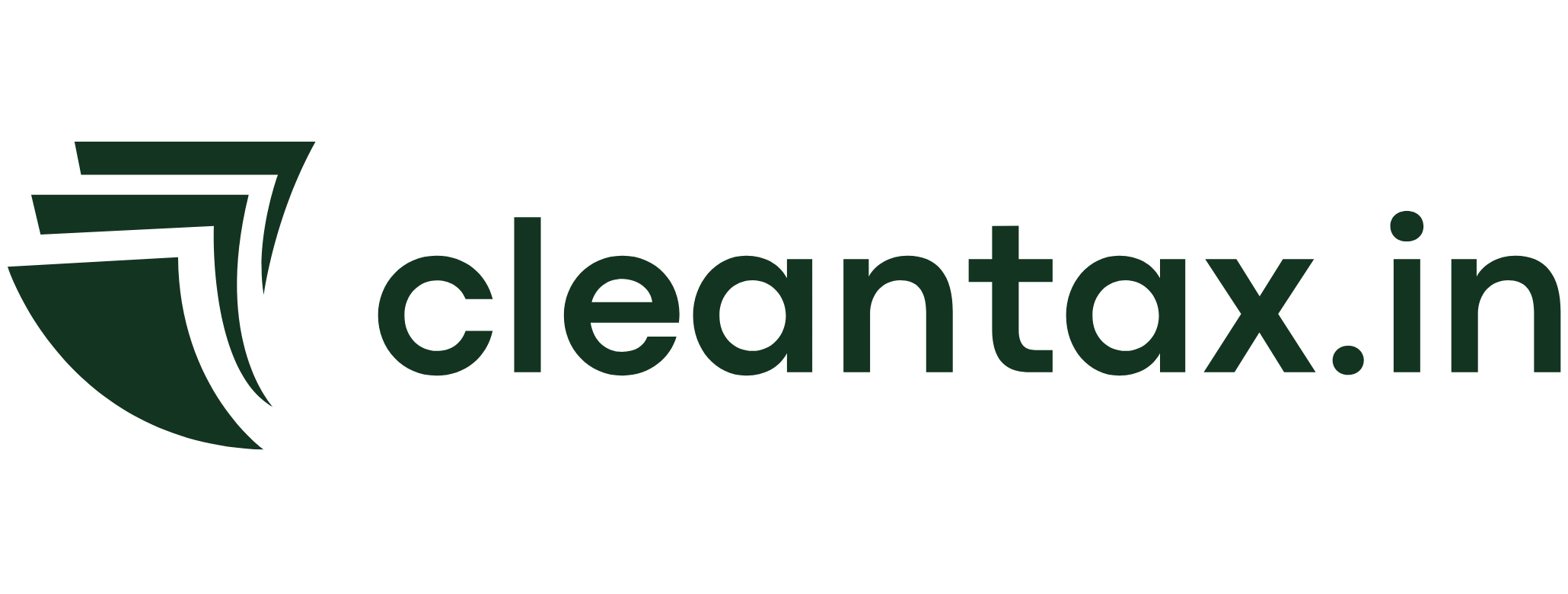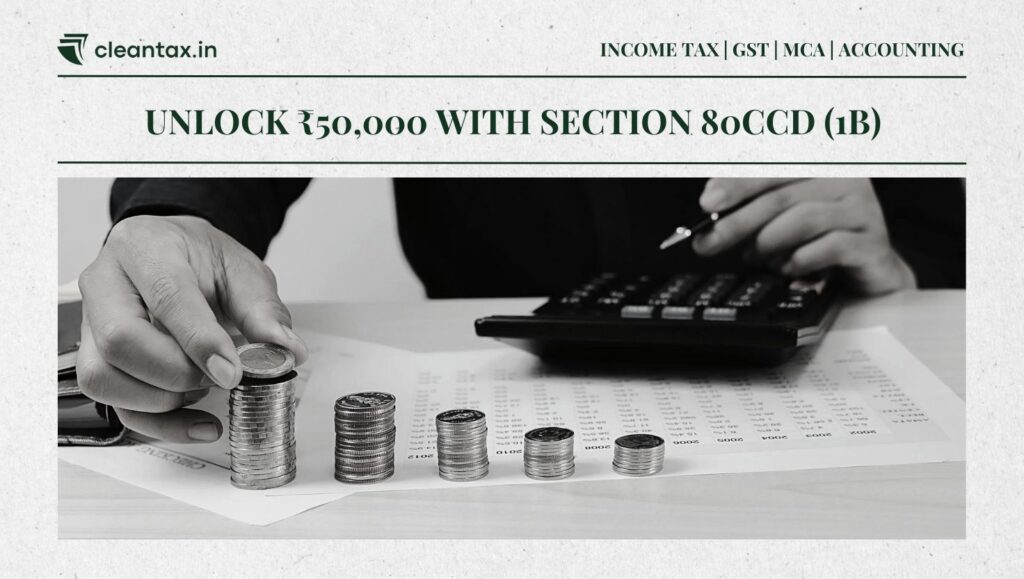Did you know that you can claim an extra income tax deduction of ₹50,000 beyond the usual limits? Many taxpayers in India are unaware of this valuable tax-saving opportunity provided under Section 80CCD (1B) of the Income Tax Act, 1961. This special deduction is exclusively available for contributions made to the National Pension System (NPS), a government-backed retirement savings scheme. Whether you’re a salaried employee or self-employed, this benefit can help you reduce your taxable income while building a secure financial future.
In this detailed blog post—spanning over 2500 words—we’ll dive deep into everything you need to know about Section 80CCD (1B) and the NPS. From eligibility criteria and step-by-step guidance on claiming the deduction to understanding the broader benefits of NPS, this guide aims to be your one-stop resource. Let’s explore how you can maximize your tax savings and plan for retirement effectively.
Introduction: What is Section 80CCD (1B) and Why It Matters
Tax planning is a critical aspect of financial management, and the Indian government offers several avenues to reduce your tax liability under the Income Tax Act. One such provision is Section 80CCD (1B), introduced in the Finance Act of 2015, which allows taxpayers to claim an additional deduction of up to ₹50,000 for contributions to the NPS. This deduction is over and above the ₹1.5 lakh limit available under Section 80C and Section 80CCD (1), making it a powerful tool for tax optimization.
The significance of this deduction lies in its dual benefit: it reduces your taxable income while encouraging long-term savings for retirement. With rising inflation and increasing life expectancy, planning for retirement has never been more important. The NPS, paired with this tax incentive, offers a disciplined and market-linked approach to building a retirement corpus.
In this blog, we’ll break down the mechanics of Section 80CCD (1B), explore the features of NPS, and provide actionable steps to help you claim this deduction. Whether you’re new to tax planning or a seasoned investor, this guide will equip you with the knowledge to make informed decisions.
What is the National Pension System (NPS)?
The National Pension System (NPS) is India’s flagship defined‑contribution retirement savings program, launched by the Government of India in January 2004 for central government employees. Recognizing the need for a structured, market‑linked pension plan, the government expanded NPS eligibility to all Indian citizens in May 2009. Unlike traditional defined‑benefit schemes, where the retiree’s post‑retirement income is predetermined, NPS places the onus of saving and investment on the individual, who contributes during their working life and then converts the accumulated corpus into a post‑retirement income stream.
NPS is regulated by the Pension Fund Regulatory and Development Authority (PFRDA), a statutory body established in 2013 to oversee pension market development, protect subscribers’ interests, and enforce compliance. Participants receive a Permanent Retirement Account Number (PRAN) that remains their unique identifier throughout their lifetime, facilitating contributions, account tracking, and portability across employers, companies, and geographic locations.
Key Features of NPS
1. Defined‑Contribution Structure
Under NPS, each subscriber directly contributes to their own retirement account, and those contributions are invested in a mix of asset classes—equity (E), corporate debt (C), government securities (G), and alternative assets (A). The eventual pension corpus depends on:
- Total contributions made during the subscriber’s working years
- Investment performance of the chosen asset allocation
- Annuity rates prevailing at the time of retirement
This clear link between contributions, market returns, and final benefits is a departure from older guaranteed‑payout pension schemes, placing more responsibility—and potential upside—on the individual.
2. Investment Choice & Fund Managers
Subscribers have the flexibility to tailor investments to their risk tolerance and retirement horizon through two modes:
- Active Choice: Subscribers specify the percentage allocation to each asset class—up to 75% in equity for those under age 50, with a minimum of 5% in government securities. As the subscriber ages, equity exposure must reduce in accordance with PFRDA guidelines.
- Auto Choice (Lifecycle Funds): Subscribers select a lifecycle option (Aggressive, Moderate, Conservative) that automatically adjusts the equity-to-debt mix as they age—higher equity allocation early on, gradually shifting to safer debt instruments closer to retirement.
NPS currently offers multiple professional Pension Fund Managers (PFMs) approved by PFRDA. Subscribers can select the PFM for each asset class, or allow the system default, and may switch PFMs once per year at no additional cost.
3. Two Account Types—Tier 1 & Tier 2
- Tier 1 Account: Mandatory for all subscribers, Tier 1 locks in contributions until retirement (age 60), with limited partial withdrawal provisions. It qualifies for tax deductions under Sections 80C, 80CCD(1), and the extra ₹50,000 under 80CCD(1B).
- Tier 2 Account: Optional and highly liquid, Tier 2 allows subscribers to deposit and withdraw funds freely—ideal for medium‑term goals—but does not offer any tax deductions. Tier 2 is accessible only after opening a Tier 1 account.
4. Market‑Linked Returns
Because NPS allocates a portion of the corpus to equity and corporate debt, it harnesses market growth potential. Historically, NPS equity portfolios have delivered 10–12% annualized returns over the long term, compared to fixed‑income products in the 7–8% range. However, equity exposure also introduces volatility—subscribers must be prepared for short‑term fluctuations in account value.
5. Low Cost Structure
Unlike many mutual funds or insurance‑based pension products that levy front‑end loads, entry/exit fees, or high annual charges, NPS stands out for its minimal fee regime:
- Pension Fund Management Charges: Capped at 0.01–0.06% of managed assets.
- Custodian and Trustee Fees: Nominal flat fees per transaction.
- Point of Presence (POP) Charges: One‑time account opening fee (max ₹150) plus small transaction fees (max ₹20 per contribution).
Over decades, these low costs can translate into significantly higher corpus accumulation compared to expensive alternatives.
6. Portability & Transparency
The PRAN ensures that subscribers can seamlessly carry their NPS account across employers, states, and job changes without disrupting contributions or incurring fresh KYC. All transactions, fund allocations, and statements are accessible via:
- CRA (Central Recordkeeping Agency) Portals: NSDL or Karvy, where subscribers log in to view real‑time balances, contribution history, and fund performance.
- Mobile App & SMS Alerts: Ensure subscribers stay informed of each contribution, allocation switch, or PFM change.
7. Partial Withdrawals & Exit Options
While Tier 1 contributions are largely locked until age 60, NPS allows up to three partial withdrawals of up to 25% of the contributions made, under specific conditions such as children’s education, marriage, home purchase/renovation, or critical illness, after completing three years of account opening.
At retirement (age 60), the subscriber may:
- Withdraw up to 60% of the accumulated corpus tax‑free under current law.
- Use the remaining 40% to purchase an annuity, providing a guaranteed regular pension (taxed as per the subscriber’s slab rate).
Premature exit (before age 60) mandates purchasing an annuity with at least 80% of the corpus, while permitting withdrawal of the remaining 20%.
Through its transparent, flexible, and cost‑effective design, the National Pension System aims to foster a culture of disciplined, long‑term saving among Indians, enabling them to transition seamlessly from active work life to a financially secure retirement. By combining individual choice with regulatory safeguards, NPS represents a modern approach to retirement planning—one that aligns with global defined‑contribution best practices while catering to India’s diverse workforce.
How NPS Works
When you contribute to NPS, your money is invested in a mix of asset classes based on your preference:
- Equity (E): High‑risk, high‑return option.
- Corporate Bonds (C): Moderate‑risk option.
- Government Securities (G): Low‑risk, stable‑return option.
- Alternative Investment Funds (A): A newer, limited option for diversification.
You can opt for either an Active Choice (custom allocation) or an Auto Choice (predefined lifecycle‑based allocation). The accumulated corpus grows over time, and upon reaching the age of 60 (or maturity), you can:
- Withdraw up to 60% of the corpus as a tax‑free lump sum.
- Use the remaining 40% to purchase an annuity for a regular pension (taxable at slab rates).
Partial withdrawals up to 25% are permitted after three years for emergencies such as medical treatment or higher education. NPS also offers portability across jobs and fund manager switches twice a year without additional costs. Annual statements track your investment performance yearly and transparently.
Who Can Join NPS?
- Indian citizens (resident or non-resident) aged 18 to 70.
- Salaried employees, self-employed individuals, and even NRIs (subject to FEMA regulations).
NPS is particularly appealing because it combines retirement planning with tax benefits, making it a win-win for taxpayers.
Understanding the Tax Benefits of NPS
The NPS offers tax deductions at multiple stages under the old tax regime (the new tax regime does not allow these deductions). Here’s a breakdown:
1. Section 80C and Section 80CCD (1)
- Limit: Up to ₹1.5 lakh per financial year.
- Eligibility: Contributions to NPS Tier 1 by individuals.
- Conditions:
- For salaried employees: Deduction limited to 10% of salary (basic + dearness allowance).
- For self-employed: Deduction limited to 20% of gross total income.
- Cap: Combined limit with other Section 80C investments (e.g., PPF, ELSS, life insurance) is ₹1.5 lakh.
2. Section 80CCD (1B) – The Star of This Blog
- Limit: Additional deduction of up to ₹50,000.
- Eligibility: Contributions to NPS Tier 1, over and above the ₹1.5 lakh limit.
- Purpose: Introduced to boost NPS adoption and incentivize retirement savings.
- Key Point: This deduction is exclusive to NPS and cannot be claimed for any other investment.
3. Section 80CCD (2) – Employer Contributions
- Limit:
- Private sector employees: 10% of salary (basic + DA).
- Government employees: 14% of salary (effective April 1, 2019).
- Eligibility: Employer contributions to your NPS account.
- Advantage: No upper cap like ₹1.5 lakh; this deduction is in addition to 80C and 80CCD (1B).
Total Tax Benefit Potential
For a salaried individual:
- ₹1.5 lakh (80C + 80CCD (1)).
- ₹50,000 (80CCD (1B)).
- Employer contribution (e.g., ₹1 lakh if salary permits).
- Total: Up to ₹3 lakh or more, depending on employer contribution.
Example Scenario
Let’s say Priya, a salaried employee, earns ₹12 lakh annually (basic + DA = ₹8 lakh). She contributes ₹2 lakh to NPS, and her employer contributes ₹80,000.
- 80CCD (1): ₹1.5 lakh (within ₹1.5 lakh cap of 80C).
- 80CCD (1B): ₹50,000 (additional deduction).
- 80CCD (2): ₹80,000 (employer contribution).
- Total Deduction: ₹2.8 lakh.
- Taxable Income Reduced: From ₹12 lakh to ₹9.2 lakh.
This example highlights how NPS can significantly lower your tax burden.
Eligibility for Section 80CCD (1B) Deduction
To claim the ₹50,000 deduction under Section 80CCD (1B), you must meet these criteria:
- Age: Between 18 and 70 years at the time of contribution.
- Residency: Open to residents and NRIs (subject to FEMA compliance).
- Account Type: Contributions must be to an NPS Tier 1 account (Tier 2 contributions don’t qualify).
- Tax Regime: You must opt for the old tax regime when filing your ITR.
- Individual Taxpayer: Available to both salaried and self-employed individuals; HUFs (Hindu Undivided Families) are not eligible.
Note: If you’ve already exhausted your ₹1.5 lakh limit under Section 80C with other investments, you can still claim ₹50,000 under 80CCD (1B) by contributing to NPS.
How to Claim the ₹50,000 Deduction: Step-by-Step Guide
Claiming the deduction is simple if you follow these steps:
Step 1: Open an NPS Account
- Online: Use the eNPS portal (enps.nsdl.com).
- Register with PAN/Aadhaar, complete KYC, and make an initial contribution.
- Offline: Visit a Point of Presence (POP) (e.g., banks like SBI, ICICI, or post offices).
- Submit KYC documents (PAN, Aadhaar, address proof) and an initial contribution (minimum ₹500 for Tier 1).
Step 2: Make Contributions
- Contribute at least ₹50,000 to your Tier 1 account to maximize the 80CCD (1B) benefit.
- Modes: Online (net banking, UPI), cheque, or cash (via POP).
- Frequency: Lump sum or periodic (e.g., monthly SIP).
Step 3: Obtain Proof of Contribution
- Download your NPS Transaction Statement from the CRA (Central Recordkeeping Agency) website (e.g., NSDL or Karvy).
- Alternatively, retain receipts from your POP.
Step 4: File Your Income Tax Return (ITR)
- Use ITR-1 (Sahaj) or ITR-2 (depending on income sources) under the old tax regime.
- In the ITR form:
- Report ₹1.5 lakh under Section 80C/80CCD (1) (if applicable).
- Report up to ₹50,000 under Section 80CCD (1B).
- Submit your ITR with supporting documents (e.g., NPS statement) if requested by the tax department.
Step 5: Verify and Retain Records
- Ensure your contributions reflect in your PRAN (Permanent Retirement Account Number) statement.
- Retain proof for at least 3–5 years in case of scrutiny.
Comparing NPS with Other Tax-Saving Options
Here’s how NPS stacks up against popular Section 80C investments:
| Investment | Max Deduction | Lock-In Period | Returns | Additional Benefit |
|---|---|---|---|---|
| NPS | ₹2 lakh (80C + 80CCD (1B)) | Until 60 | Market-linked | Employer contribution (80CCD (2)) |
| PPF | ₹1.5 lakh | 15 years | Fixed (7–8%) | None |
| ELSS | ₹1.5 lakh | 3 years | Market-linked | None |
| Life Insurance | ₹1.5 lakh | Varies | Fixed/Variable | None |
Why NPS Stands Out
- Higher Deduction: ₹50,000 extra under 80CCD (1B).
- Retirement Focus: Designed specifically for post-retirement income.
- Employer Perk: Unique benefit under 80CCD (2) for salaried individuals.
Drawbacks to Consider
- Long Lock-In: Funds are inaccessible until age 60 (with limited exceptions).
- Partial Taxation: Annuity income is taxable, unlike PPF’s tax-free maturity.
Step-by-Step Guide to Investing in NPS
If you’re new to NPS, here’s how to get started:
- Choose Tier 1: Mandatory for tax benefits (minimum ₹500 initial contribution, ₹1,000 annually).
- Select a POP: Banks, post offices, or online via eNPS.
- Complete KYC: Submit PAN, Aadhaar, and address proof.
- Make Initial Contribution: Via net banking, cheque, or cash.
- Pick Investment Option:
- Active Choice: Allocate funds across E, C, G (e.g., 50% E, 30% C, 20% G).
- Auto Choice: Lifecycle funds (e.g., LC75 for aggressive growth).
- Nominate Beneficiaries: Ensure your corpus is secure.
- Receive PRAN: Your unique NPS identifier.
- Contribute Regularly: Set up SIPs or invest lump sums.
- Monitor Performance: Switch fund managers or allocations if needed (allowed periodically).
For More Information you can Visit:
- Ultimate Guide to Section 80C Deductions and Limits (Bajaj Finserve)
- Understanding Employer Contributions Under Section 80CCD (2) (Bajaj Finserve)
- PPF vs. NPS: Which Tax‑Saving Retirement Option Is Right for You? (HDFC Life Insurance)
- Step‑by‑Step ITR Filing with 80CCD Deductions (ClearTax)
- Maximize Returns with Investing Early under Section 80C: 7 Game‑Changing Benefits (CleanTax)
Common Questions About Section 80CCD (1B) and NPS
Q1: Can I claim ₹50,000 under 80CCD (1B) if my 80C limit is full?
Yes, it’s an additional deduction, independent of the ₹1.5 lakh cap.
Q2: Is Tier 2 eligible for tax benefits?
No, only Tier 1 contributions qualify.
Q3: What if I exit NPS early?
Partial withdrawals (up to 25% of your contribution) are allowed after 3 years for specific purposes (e.g., medical emergencies), but tax implications apply.
Q4: Can NRIs claim this deduction?
Yes, provided they contribute to a Tier 1 account and file under the old regime.
Q5: How do I prove my contributions?
Use your NPS transaction statement or POP receipts.
Conclusion: Don’t Miss Out on This Tax-Saving Opportunity
The additional ₹50,000 deduction under Section 80CCD (1B) is a hidden gem in India’s tax framework. By investing in the NPS, you not only lower your tax liability but also take a proactive step toward a financially secure retirement. With its market-linked returns, flexibility, and multiple tax benefits, NPS is a compelling option for both salaried and self-employed individuals.
Start today: Open an NPS account, contribute at least ₹50,000 annually, and claim this deduction when filing your ITR. Your future self will thank you for the tax savings and the retirement corpus you build along the way.
For more details, visit the official NPS website (npscra.nsdl.co.in) or consult a tax professional to tailor this strategy to your financial goals.


